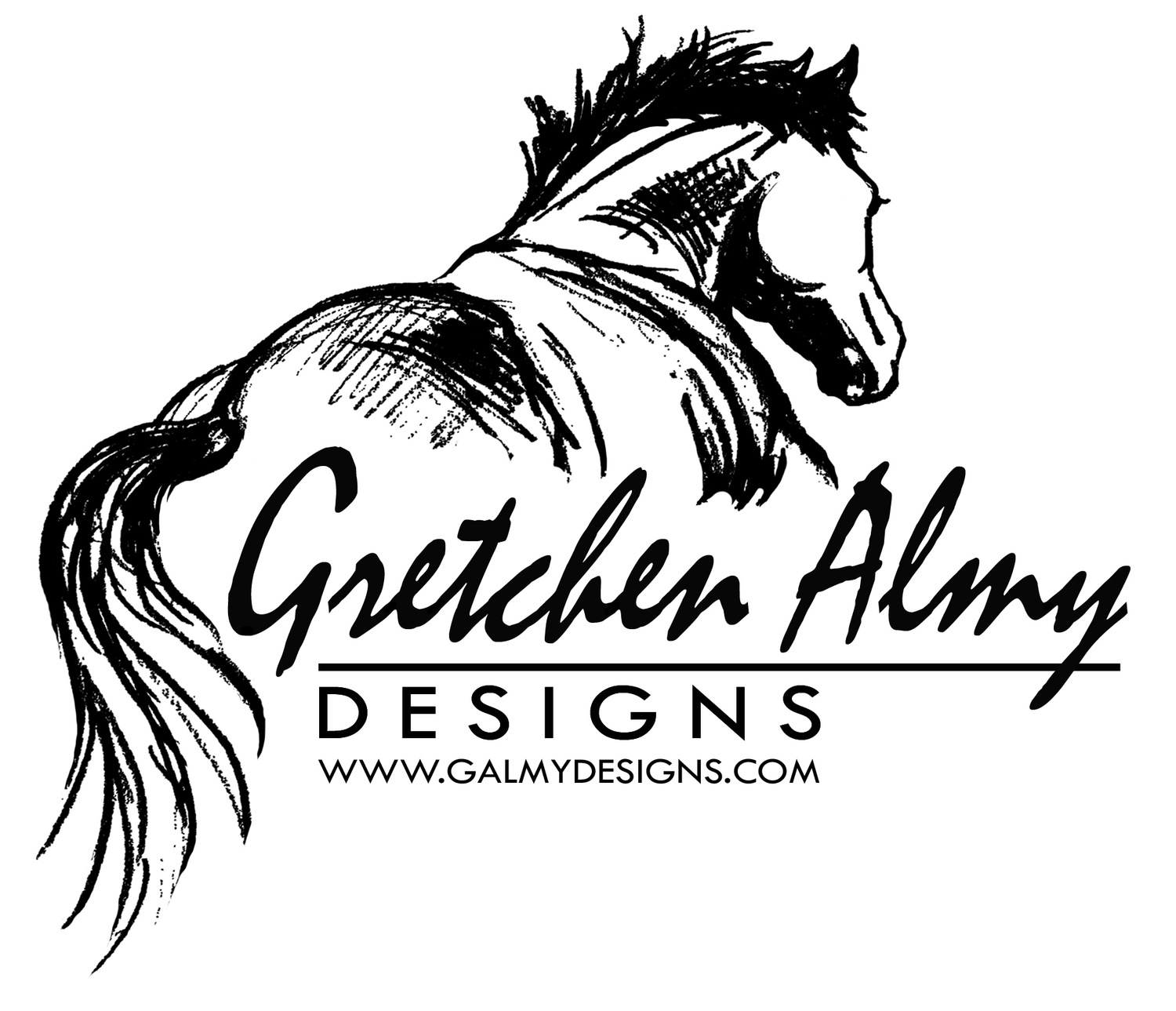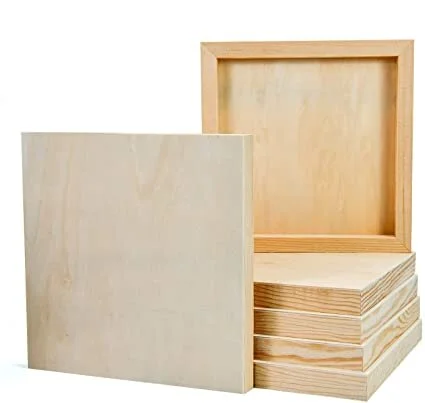SOLD "Red at night" - 8"x8"
SOLD "Red at night" - 8"x8"
8”x8” oil on cradled wood.
“Red at night” - 8”x8” ORIGINAL oil on cradled wood, unframed
What is cradled wood?
Cradled Wood Panels feature a standard 4 mm basswood surface that resists splitting and bubbling, cradled with a highly stable solid pine frame that won't warp or bend. Both the surface and the frame are sanded on all sides for smoothness.
They hang flush to the wall using only a single nail or screw — no frame needed, but can be framed as well.
See photo of “cradled wood.”
CUSTOM PICTURE FRAMING upon request.
Custom Framing of the ORIGINAL or of a PRINT, you must message the artist directly for custom options, not available on the website.
Archival Giclee Prints Available on canvas or paper. More information about Giclee Prints below:
What is a Giclee Print?
The biggest difference between a standard inkjet print and a giclée print is that giclées are printed using pigment-based inks rather than dye-based inks that are found in lower-cost inkjets. Pigment-based inks have a longer lifespan: they can last anywhere from 100 - 200 years without significant fading.
There are two factors to consider when choosing between archival paper and canvas for giclées: price, and matting/framing requirements.
Options: Paper vs Canvas
You have the choice of buying a giclée on archival paper or canvas. For giclée printing, the paper must be archival quality to ensure the longevity of the artwork. Canvas is essentially a fabric that has been specially prepared to handle and retain high-quality pigmented inks. It is sturdy and has archival properties, which means it is acid-free and will hold up. In terms of price, printing on paper is generally much less than printing on canvas. The thicker, fabric-type material of high-quality canvas is more expensive than that of high-quality paper. The process necessary to create giclée prints on paper is less intensive and therefore more budget-friendly.
To Frame or Not to Frame? - What is the cost of protecting and framing the artwork?
Paper: To maintain the integrity of a giclée print on paper, it is important to protect the work behind UV glass or UV acrylic. An acid-free mat or two and quality-frame are recommended, which oftentimes are more expensive than the giclée itself. Gretchen offers custom picture framing in house.
Canvas: Depending on your aesthetic preference, you have the choice to hang the canvas free of frame, with a traditional frame, or with a modern floating frame. A floating frame is exactly what it sounds like: there is a small gap between the canvas and the frame edges, which creates the illusion of a floating giclée within the frame.


